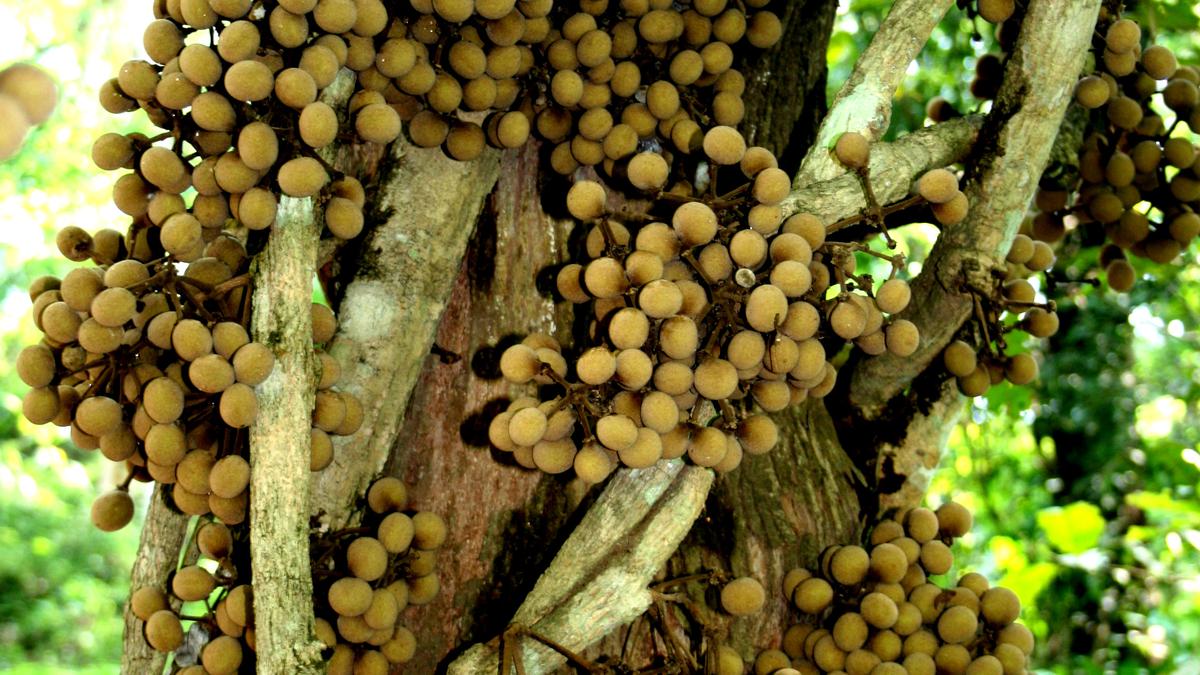
JNTBGRI wins 2023 Global Genome Initiative for Gardens Award
The Hindu
This is the second time that the institute has been honoured with this prestigious award. This year, the JNTBGRI is one of the 10 botanical gardens and arboreta across the globe to win it.
The Jawaharlal Nehru Tropical Botanic Garden and Research Institute (JNTBGRI) at Palode here has won the 2023 Global Genome Initiative for Gardens (GGI-Gardens) Award.
This is the second time that the institute has been honoured with this prestigious award. This year, the JNTBGRI is one of the 10 botanical gardens and arboreta across the globe to win it.
GGI Gardens Programme, funded by the United States Botanic Garden and administered through the Botanic Gardens Conservation International (BGCI), is a science-based effort to collect genomic biodiversity from around the world, preserve it in biorepositories, and make it available to researchers, the JNTBGRI said.
The institute had picked several plants including the medicinal plants Coscinium fenestratum (tree turmeric) and Piper barberi (known locally in Malayalam as ‘Kaatu Mulaku’) for genome diversity conservation under the GGI-Gardens programme.
Mathew Dan, K.K. Sabu, and Anurag Dhyani are the investigators of the GGI-Gardens programme at the JNTBGRI.
The JNTBGRI holds the largest living collection of plant species in India with over 50,000 accessions of about 4,800 species in its conservatories. Over the years, the institute had discovered more than 800 new species of angiosperms, mushrooms and fungi, it said in a statement.
Under the GGI-Gardens programme, JNTBGRI will have initial priority for plant families and genus not yet represented in GGBN biorepositories. The focus of the present programmre is on medicinal and aromatic plants of the Western Ghats.

When fed into Latin, pusilla comes out denoting “very small”. The Baillon’s crake can be missed in the field, when it is at a distance, as the magnification of the human eye is woefully short of what it takes to pick up this tiny creature. The other factor is the Baillon’s crake’s predisposition to present less of itself: it moves about furtively and slides into the reeds at the slightest suspicion of being noticed. But if you are keen on observing the Baillon’s crake or the ruddy breasted crake in the field, in Chennai, this would be the best time to put in efforts towards that end. These birds live amidst reeds, the bulrushes, which are likely to lose their density now as they would shrivel and go brown, leaving wide gaps, thereby reducing the cover for these tiddly birds to stay inscrutable.












